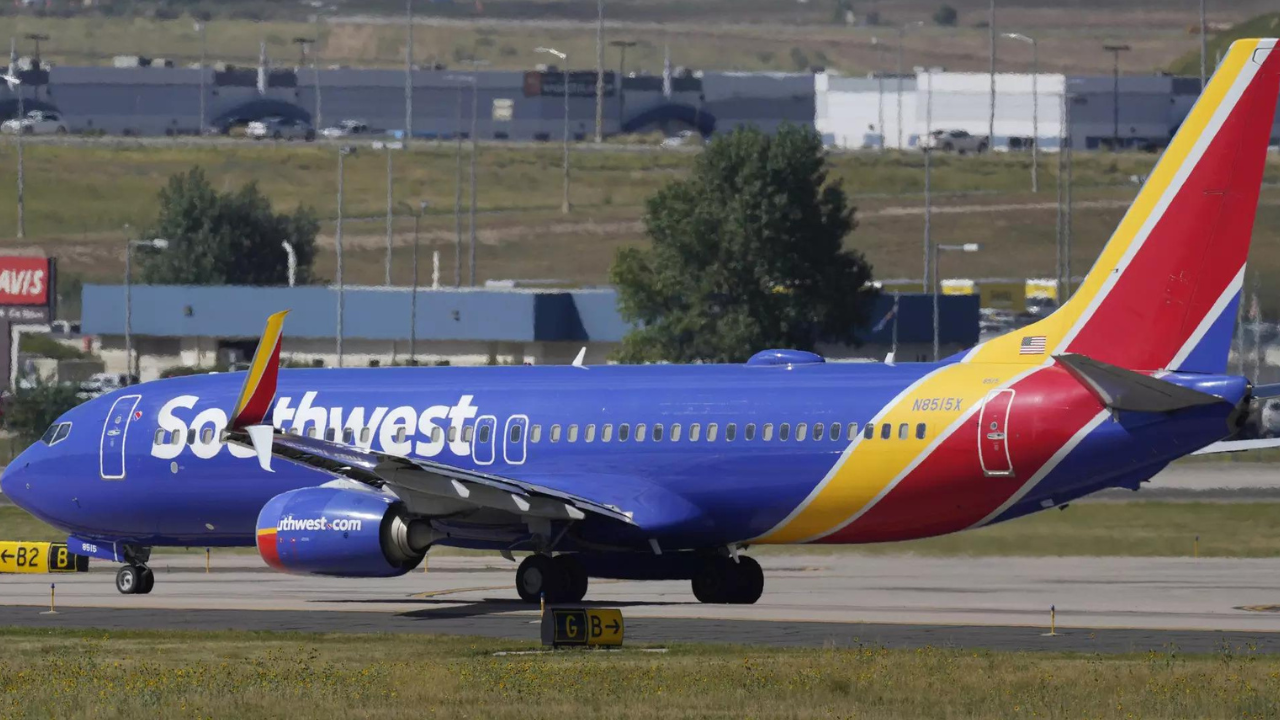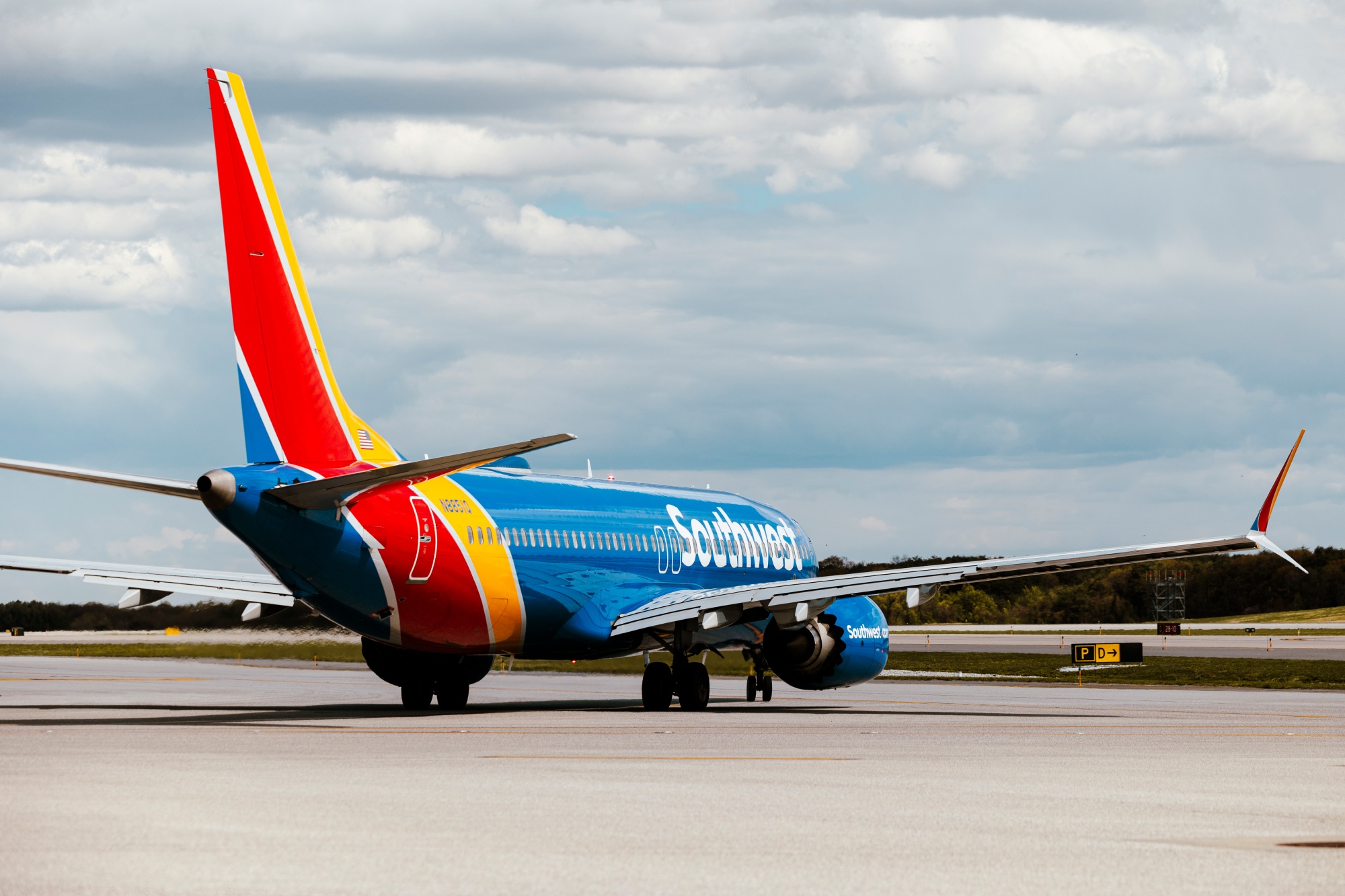The National Transportation Safety Board (NTSB) and Federal Aviation Administration (FAA) announced on Friday their joint investigation into a recent incident involving Southwest Airlines. The focus is on a flight that departed from a temporarily closed runway in Maine earlier this week.

Temporary Runway Closure Sparks Investigation
On Tuesday, Southwest Flight 4805 took off from Portland International Jetport around 5:45 a.m. local time, despite the runway being temporarily closed. The FAA reported that an airport vehicle had exited the runway just before the aircraft began its takeoff roll. Southwest Airlines confirmed that the plane continued its journey safely to Baltimore and stated that they are cooperating with the NTSB and FAA to understand the circumstances surrounding this departure.
Recent Incidents Raise Alarms
This event is the latest in a series of concerning incidents involving Southwest Airlines flights in recent months. Last week, the FAA launched an investigation into Southwest Flight 4069, which descended to an altitude of approximately 500 feet about 9 miles from the Oklahoma City airport while en route from Las Vegas. During this incident, the automated minimum safe altitude warning was triggered, and an air traffic controller alerted the flight crew to the dangerously low altitude.
Earlier this month, another investigation was initiated regarding a May 25 Southwest flight involving a Boeing 737 MAX. The NTSB reported that the plane experienced a “Dutch roll” at 34,000 feet while flying from Phoenix to Oakland, California. This type of lateral oscillation, named after a Dutch ice-skating technique, poses significant safety risks.
FAA and NTSB Probe Ongoing Safety Concerns
In addition to these incidents, the FAA is also investigating a Southwest 737 MAX 8 flight from April, which narrowly avoided crashing into the ocean off the coast of Hawaii. The incident occurred during a go-around maneuver prompted by adverse weather conditions at Lihue Airport. According to a June 7 airline memo, the first officer inadvertently pushed forward on the control column while following the autothrottle’s thrust lever commands, causing the plane to descend rapidly at a rate of about 4,400 feet per minute. The aircraft came within 400 feet of the ocean before the pilots regained control.
Southwest Airlines acknowledged the gravity of this near-miss, describing it as a “significant, emotional event” for the crew involved. In response, the airline has undertaken a comprehensive review of its procedures, training, standards, and performance metrics to address any underlying issues and prevent future occurrences.

The series of investigations underscore the heightened scrutiny of Southwest Airlines’ safety protocols. Both the NTSB and FAA are diligently examining these incidents to ensure that necessary measures are implemented to maintain the highest standards of aviation safety. As these probes continue, the findings will likely shape future regulatory and operational practices within the airline industry.
